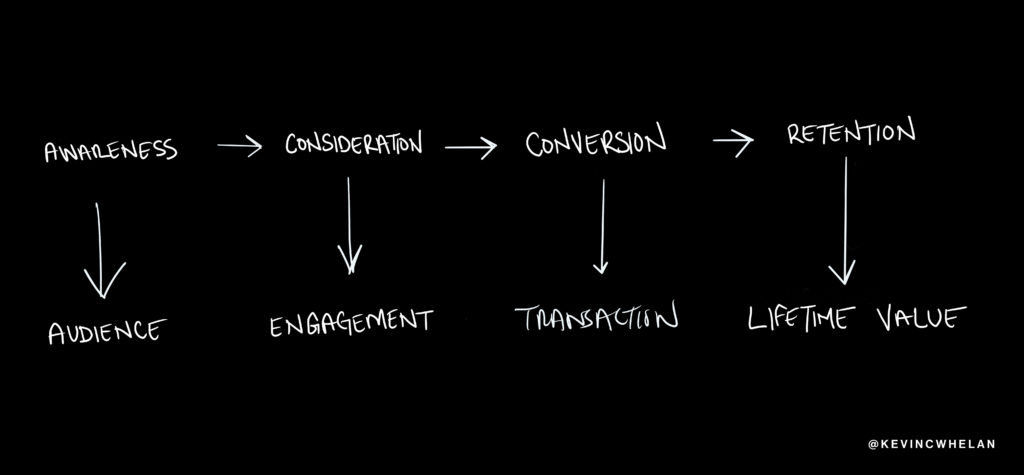Do you ever feel like the “competition” is a threat to your business?
Without knowing your situation, I know for a fact that there’s more than enough business for everyone.
Some people will naturally resonate with you and some people will gravitate towards “the competition”. And that’s a good thing. You should be repelling some to attract the right people.
Also, people often do business with several “competitors” and you. It’s not a marriage, after all. People shop around.
And lastly, you probably only need a small number of clients to have a fabulously profitable consulting business. I max out around 10 if you don’t count members, product customers, and group coaching clients.
Competition is a good thing. It means they’re out there creating demand for your services. It means there is demand in the first place.
Rather than treat the competition like an enemy, try befriending them. See how you differ and identify your lane relative to them.
Differentiation is always your best friend, regardless of how “competitive” it is. Double down on your strengths and you’ll stand out.
But before you can even try to do that, you have to legitimately know that competition is a good thing, not a threat.
There are no shortages of opportunities out there.
 Good marketing requires
Good marketing requires